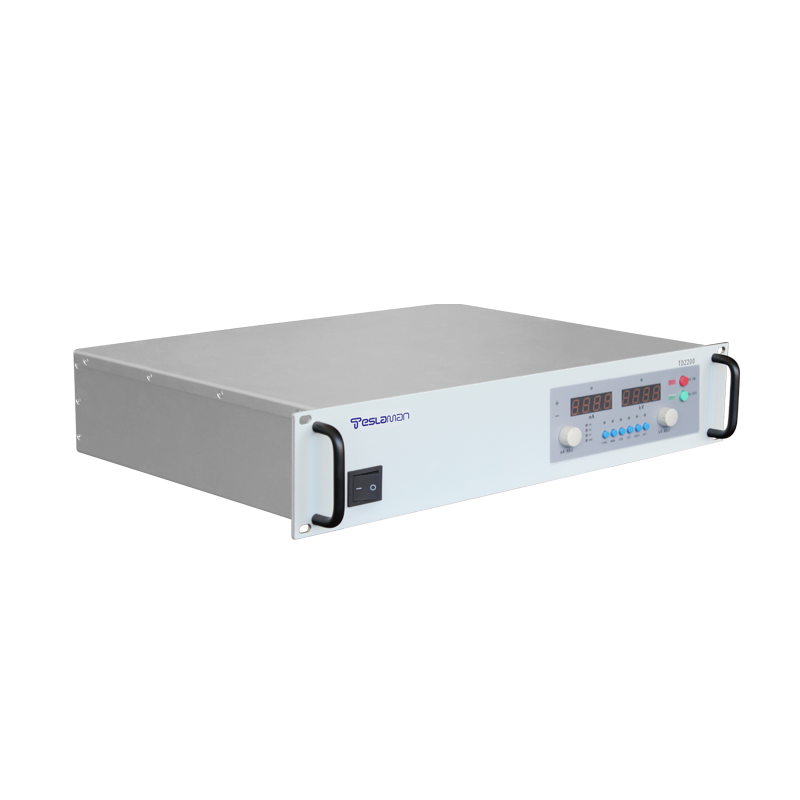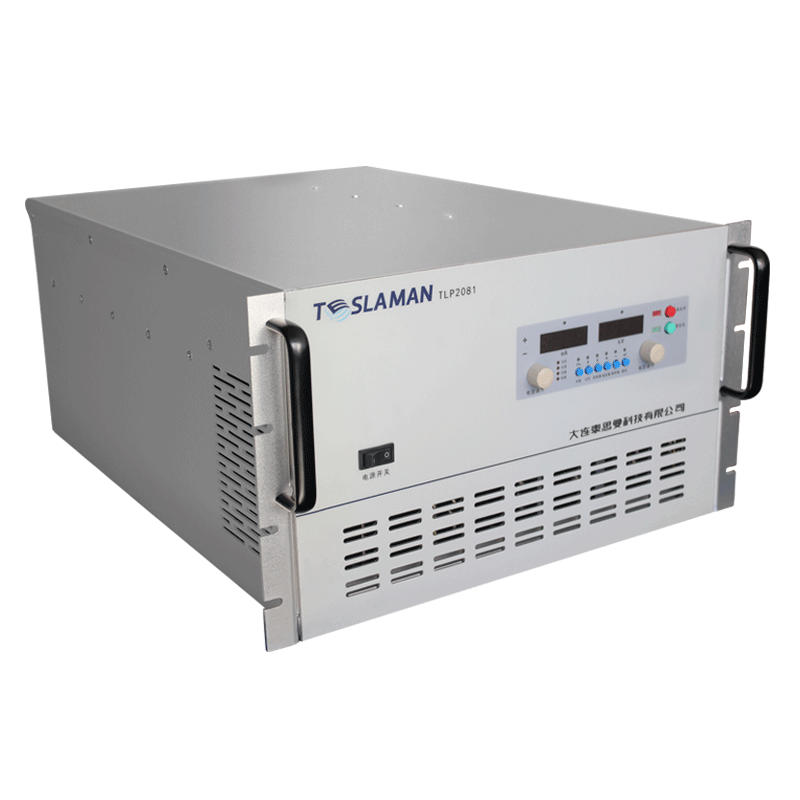Eco-Friendly Design of Corona Generator Power Supplies: Technological Innovation and Sustainable Development
The corona generator power supply, as the core component of corona discharge technology, plays a pivotal role in electrostatic dust removal, wastewater treatment, material surface modification, and other fields. With increasingly stringent environmental regulations and the advancement of dual-carbon goals, its design philosophy is shifting from single-function orientation to comprehensive optimization of energy efficiency, intelligence, and full-lifecycle low-carbon practices. This article explores cutting-edge eco-design practices from three perspectives: technological pathways, material innovation, and application scenarios.
1. High-Efficiency Conversion and Intelligent Control
Corona discharge requires a continuous high-voltage electric field, but traditional power supplies often waste energy due to low conversion efficiency (typically below 70%). Modern eco-designs achieve breakthroughs through two innovations:
1. Topology Optimization
Resonant switching power supplies and high-frequency inversion technologies reduce switching losses. Combined with wide-bandgap semiconductor devices (e.g., SiC MOSFETs), conversion efficiency exceeds 90%. For example, in electrostatic precipitators, optimized power supplies can reduce unit energy consumption by 30% while maintaining stable 60–80 kV output.
2. Adaptive Control Strategies
Real-time load monitoring and dynamic voltage regulation technologies adjust output frequency and waveforms based on sensor feedback of corona current variations. Nanosecond pulse power supplies (pulse width <600 ns, rise time <200 ns) precisely control the generation rate of active particles, avoiding excessive energy consumption and saving over 40% compared to traditional DC power supplies.
Table: Impact of Different Control Strategies on Power Efficiency
| Control Mode | Energy Consumption (kWh/m³) | Active Particle Efficiency |
|------------------------|-----------------------------|----------------------------|
| Traditional Constant Voltage | 8.2 | Moderate |
| Adaptive Pulse Mode | 4.7 | High |
| Intelligent Frequency Modulation | 3.9 | Very High |
2. Green Materials and Circular Design
Resource consumption and waste management during manufacturing are critical to eco-design:
1. Bio-Based and Degradable Materials
Epoxy resin casings are being replaced by polylactic acid (PLA) and other bio-based materials. Circuit boards use halogen-free flame-retardant substrates, reducing heavy metals like lead and cadmium. These materials achieve up to 80% degradation after disposal, minimizing soil contamination risks.
2. Modular and Detachable Design
Standardized interfaces enable rapid replacement and recycling of core components (e.g., magnetic cores and capacitors). Lifecycle assessments (LCA) show modular designs reduce carbon footprint by 22% and increase resource recycling rates by 35%.
3. Environmental Value Expansion in Diverse Applications
Innovative applications further amplify the environmental benefits of corona generator power supplies:
Advanced Wastewater Treatment
Nanosecond pulse power supplies drive underwater discharges to generate hydroxyl radicals (·OH), degrading >90% of organic pollutants (e.g., benzene compounds in dyeing wastewater) without chemical additives, preventing secondary pollution.
Algae Control
Shockwaves and UV radiation from high-voltage pulses disrupt cyanobacterial cell structures, achieving >95% inactivation within 30 minutes. Energy consumption is only 1/5 of traditional aeration methods, with no residual eco-toxicity.
Integrated Industrial Exhaust Treatment
Pulse power supplies integrated into electrostatic precipitators simultaneously treat volatile organic compounds (VOCs). For example, in coal-fired power plants, pulse-DC hybrid technology removes both PM2.5 and formaldehyde at 85% efficiency.
Table: Key Applications of Corona Generator Power Supplies in Environmental Protection
| Application | Technical Features | Environmental Benefits |
|------------------------|-------------------------------------|--------------------------------------|
| Industrial Dust Removal| 60–100 kV adaptive voltage | >90% PM2.5 reduction, 30% energy saved |
| Refractory Wastewater | Nanosecond pulse + gas-liquid reactor| >90% organics degradation, no secondary pollution|
| Cyanobacteria Treatment| Underwater discharge + shockwaves | >95% inactivation, low-temperature operation|
4. Future Directions: Renewable Energy Integration and Digital Twins
Advanced research is driving corona generator power supplies toward zero-carbon operation:
Direct Renewable Energy Supply
Power supplies compatible with photovoltaic/wind power inputs (300–800 V DC) use MPPT algorithms to optimize energy utilization. Trials show potential for 50% carbon reduction.
Digital Twin Platforms
Lifespan prediction models based on operational data enable fault warnings and dynamic efficiency optimization, extending equipment service life by over 30% and reducing resource waste.
--
Conclusion
The eco-friendly design of corona generator power supplies has evolved beyond end-of-pipe solutions to encompass energy efficiency, material innovation, and systemic synergy. Future advancements in pulse technology, bio-based materials, and intelligent algorithms will further enhance their full-lifecycle sustainability, solidifying their role as a cornerstone of industrial green transformation.




















